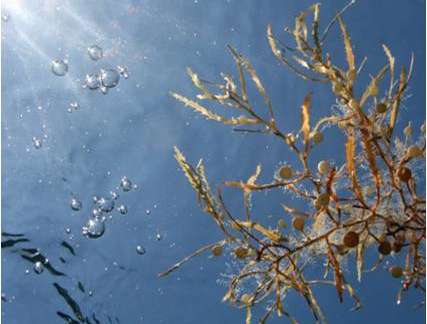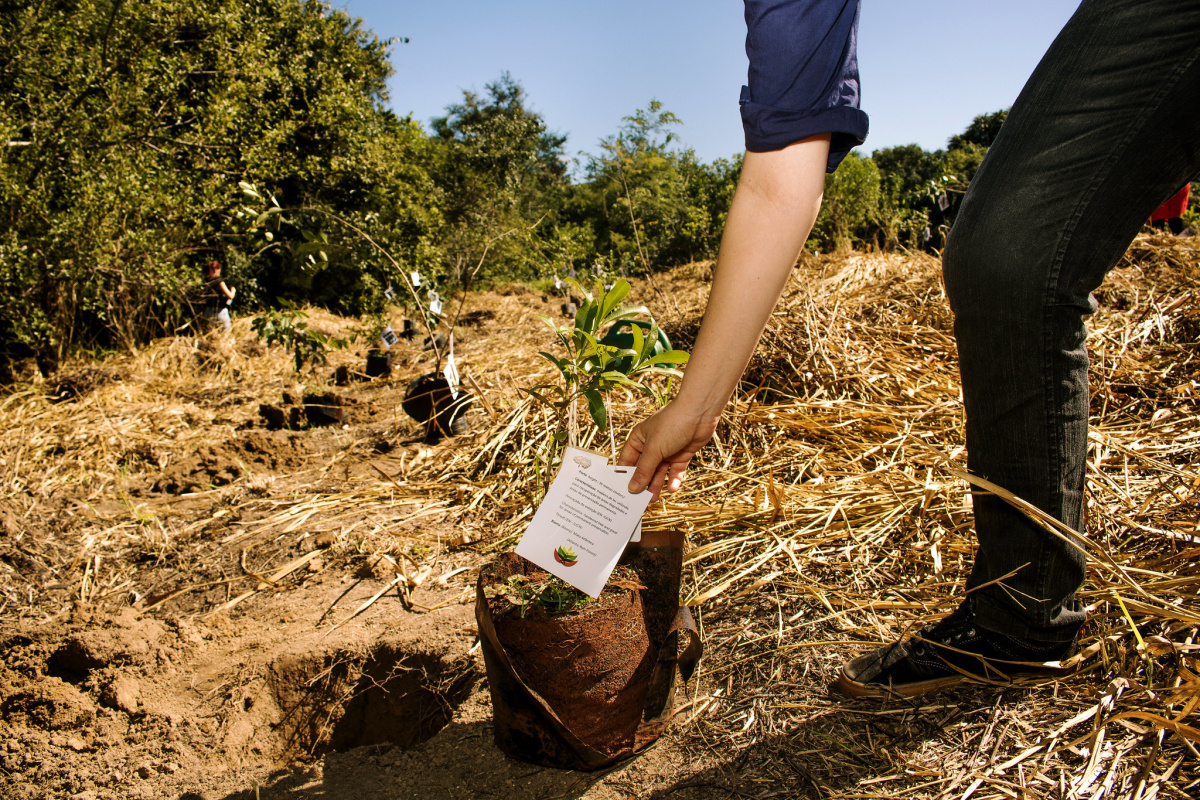Statement by IUCN Director General to the UN General Assembly
Statement by IUCN Director General Julia Marton-Lefèvre at the High-level Plenary Meeting of the UN General Assembly, New York, 22 September 2010.

Photo: IUCN
Mr. President, Mr. Secretary-General, Your Excellencies, Distinguished delegates, Ladies and Gentlemen,
I have the privilege of representing the world’s oldest and largest international conservation network and to speak on behalf of its 1,000-plus members – big and small, sovereign states and NGOs – who are all united by a common vision of a “just world that values and conserves nature”.
At the turn of the millennium, world leaders made an unprecedented commitment to ensure environmental sustainability and to make ‘sustainable development’ an overarching framework for all development efforts.
You may ask yourselves what could possibly be the connection between a nature conservation organization and the global quest for economic growth and social progress that are enshrined in the Millennium Development Goals (MDGs).
IUCN has been working on a new development paradigm for many years, and especially since the 1980 World Conservation Strategy which stressed the interdependence of conservation and development, thus first giving currency to the term ‘sustainable development’.
The concept is now commonplace – but it seems as though 10 years after nearly 200 nations agreed to integrate environmental sustainability into all major policy decisions, we are still trying to make the case for it, rather than getting on with the actual task in hand.
IUCN echoes the concerns of many in this hall that despite progress made in some areas and in some regions, the achievement of the MDG7 and the MDGs overall may be compromised.
Ladies and Gentlemen, we have five years to make a difference.
Groundbreaking research and practical experience on the ground tell us that the key to not just one but several MDGs may well be found in rethinking the relationship between biodiversity, ecosystems - or simply what nature provides - and human wellbeing.
• Food security and livelihoods of the poor directly depend on functioning ecosystems like forests, mangroves and coastal areas;
• Achieving global water and sanitation targets can only be done by sustaining ecosystems that ensure the supply of clear, safe water, whilst improved management of local watersheds can reduce child deaths from water-borne diseases;
• By providing sustainable energy alternatives we can reduce the time that children, especially girls, spend collecting firewood instead of studying;
• Empowering women to manage natural resources sustainably can contribute to improving food safety and security, as would alleviating the hardships of other vulnerable groups, especially children, and indigenous peoples;
• Climate change is recognized as a threat and challenge for achieving development. By acknowledging the function of nature in regulating climate change and associated extreme events such as droughts and floods, we can improve our resilience.
In other words, investing in nature is investing in development and, at the same time, investing in the achievement of the MDGs.
The landmark study on The Economics of Ecosystems and Biodiversity, known as TEEB, has gone a long way in helping us understand the contribution of nature to our wellbeing, and put it in a language understood by economists, business people, politicians and citizens worldwide.
For example,
• Tropical forests that provide livelihoods for over 1 billion of the world’s poorest people are being lost at an alarming rate. In addition, deforestation accounts for about 17 percent of greenhouse gas emissions;
• Fish provides the main source of protein for more than one-sixth of humanity. By redirecting the financial flows that currently drive most commercially valuable fish stocks to over-exploitation, we could improve the performance of global fisheries by an estimated US$ 50 billion annually;
• Coral reefs provide food, storm protection, jobs, recreation and other income sources for more than 500 million people worldwide with an average annual value estimated at $172 billion. Yet 70% of coral reefs are seriously hreatened or destroyed;
• More than 70,000 plant species – many of them threatened – are used in traditional and modern medicine. Plant-based natural remedies have an annual market value of US$43 billion;
• Green products and services are the new market opportunity with the sales of organic food and drink tripling since 1999 and ecotourism being the fastest-growing area of the tourism industry.
Ladies and Gentlemen,
The achievement of the MDGs requires refocusing and redoubling efforts made by governments, as well as other actors, including civil society and the private sector.
The opportunity is not lost, but a different approach – where environmental sustainability is at the heart of development efforts – is desperately needed if we are to meet our commitments in five years’ time.
Albert Einstein once defined insanity as “Doing the same thing over and over again and expecting different results”. Let us not fall into that trap, but instead demonstrate to the world a renewed leadership to realize sustainable development – for people, for nature, for the planet, our unique home.
I thank you.



